calsfoundation@cals.org
McRae (White County)
| Latitude and Longitude: | 35°06’46″N 091°49’21″W |
| Elevation: | 230 feet |
| Area: | 0.67 square miles (2020 Census) |
| Population: | 616 (2020 Census) |
| Incorporation Date: | May 27, 1914 |
Historical Population as per the U.S. Census:
|
1810 |
1820 |
1830 |
1840 |
1850 |
1860 |
1870 |
1880 |
1890 |
1900 |
|
– |
– |
– |
– |
– |
– |
– |
– |
– |
– |
|
1910 |
1920 |
1930 |
1940 |
1950 |
1960 |
1970 |
1980 |
1990 |
2000 |
|
– |
467 |
458 |
420 |
414 |
428 |
643 |
641 |
669 |
661 |
|
2010 |
2020 |
|
|
|
|
|
|
|
|
|
682 |
616 |
|
|
|
|
|
|
|
|
McRae is an incorporated city in southern White County, located about nine miles southwest of Searcy (White County). McRae has its origins in the construction of the Cairo and Fulton Railroad through White County in 1872, which entailed the use of abundant virgin timber and arable lands in the area, but McRae did not exist as a defined community until the establishment of its first post office in 1889. The construction of McRae’s own rail depot in 1897 enabled further development and robust growth, which allowed it to emerge as a local contender in timber and strawberry production.
The community was named in honor of Searcy attorney and Confederate brigadier general Dandridge McRae. Two men instrumental in shaping McRae during this time were Captain George Goodrich and Jim “Poke” Smith, the latter so named for his slow gait and quirky mannerisms. Smith is alleged (though details are sketchy) to have gotten a depot built at McRae to the detriment of neighboring Garner (White County), which housed a railroad wood yard at the time. Goodrich was a retired steamboat captain turned businessman and surveyor who acquired much property around McRae during its early days. At various times, Goodrich operated a general store, cotton gin, sawmill, lumber yard, movie theater, fruit orchard, real estate business, and the “McRae Joyland” skating rink, in addition to a sawmill at West Point (White County) and veneering mill at Higginson (White County). Goodrich was also McRae’s postmaster from 1897 to 1913, and upon his death he was buried in a concrete casket made by his own casket company.
As late as 1910, much of McRae and the surrounding area was sparsely settled woodland, and local commerce was restricted to sustenance farming, with many locals still dependent upon fishing and hunting to provide enough food. Through this wilderness, the Cairo and Fulton had built its railroad, and, with access to distant markets, McRae and its neighbors joined the rest of Arkansas in its post–Civil War era timber production boom. Entrepreneurs from northern states quickly capitalized on the newly accessible woodlands, and two lumber companies were operating in and around McRae by 1895. Statewide lumber production peaked in 1909, but this was not the case with McRae, where the industry continued flourishing into the 1920s.
McRae formally incorporated in 1914 and, by this time, boasted several churches and its own high school, in addition to many new businesses. Homer E. Herring and his wife, Maymie, moved to McRae in 1915 following success with his own coffee business. Herring’s business purchased train-car loads of coffee beans, which were roasted and sold locally; Herring began this business in Cabot (Lonoke County) and took it with him in the move to McRae. Locally dubbed McRae’s “hustling merchant,” Herring also opened a dry goods store in 1915, which he operated until his death in 1935. The historic McRae Jail, built in 1934, is listed on the National Register of Historic Places.
The timber industry brought growth, but the harvesting of strawberries eventually came to define McRae’s culture and led to its greatest prosperity, as the newly cleared lands enabled farming to begin on a commercial scale. Strawberries were first shipped out via railroad from neighboring Garner in 1894; production at McRae thrived from 1915 until 1950. All White County towns along the railroad grew and shipped strawberries, with McRae, Judsonia (White County), and Bald Knob (White County) wrestling at various times for the elusive title of “Strawberry Capital.” The McRae Strawberry Association and the Honest Pack Association were organized in 1912 and 1917, respectively, and facilitated berry sales from local pickers to process and load onto refrigerated rail-cars for urban destinations. Capping and other processing was done in Searcy. A shortage of sugar during World War II and an increase in wartime manpower at the ordnance plant in Jacksonville (Pulaski County) reduced demand for strawberries and diverted manual labor away from the strawberry fields of McRae. A serious drought from 1952 to 1954 brought many local farmers to foreclosure, and soybeans took preeminence over strawberries as McRae’s primary cash crop by the 1950s.
Town folklore tells of the “McRae Ghost,” the apparition of a bearded old man that in 1916 haunted people for several weeks along a road near the McRae veneering mill. The corpse of an old man fitting the description of the ghost was later found about a quarter-mile from the mill. The cause of death was unknown, but the body’s discovery presumably put the “McRae Ghost” to rest, as it was never seen again.
McRae was also home to the Oak Tree Inn, a café built around an oak tree more than thirteen feet in circumference. The inn was a draw for tourists and a unique landmark that did great business due to its location in the liveliest part of town. The building was destroyed and the tree killed by a fire in the 1940s.
Harry Claiborne was a native of McRae who became known nationwide in 1986 as the first sitting federal judge to be sent to prison.
Farming is still the primary business concern in McRae today—some strawberries are still grown, but most farms grow rice or soybeans. During its history, McRae had a proud athletic and academic tradition with its schools until 2004, when the McRae district was consolidated with nearby Beebe (White County).
For additional information:
Cook, Bruce. The History of McRae, Arkansas. Searcy, AR: Harding Press, 1981.
———. “Homer Herring: Businessman Was Mayor of Cabot, McRae.” White County Heritage 19 (1981): 88–89.
Johnson, Claude E. The Humorous History of White County, Arkansas. Searcy, AR: White County Historical Society, 1975.
Jones, Darla. “Oak Tree Inn.” White County Heritage 20 (1982): 28.
Leach, W. J. “Early Days in Garner and McRae.” White County Heritage 4 (March/April 1966): 2–4.
White County Arkansas. https://www.whitecountyar.org (accessed May 25, 2022).
Adam Miller
Searcy, Arkansas
 Harry Claiborne
Harry Claiborne 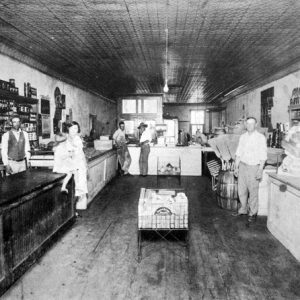 Dick Evans Store
Dick Evans Store  Entering McRae
Entering McRae 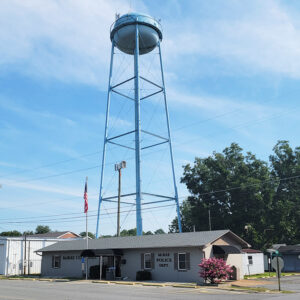 McRae City Hall
McRae City Hall  McRae City Park
McRae City Park 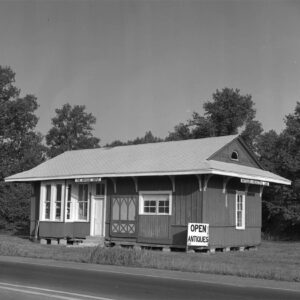 McRae Depot
McRae Depot 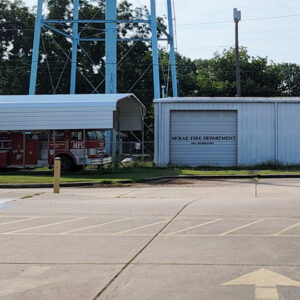 McRae Fire Department
McRae Fire Department 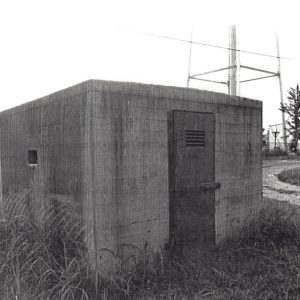 McRae Jail
McRae Jail  McRae Jail
McRae Jail 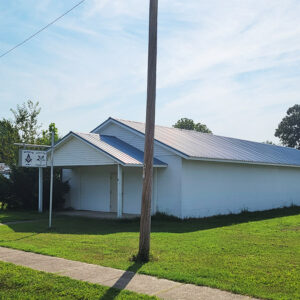 McRae Masonic Lodge
McRae Masonic Lodge  McRae Mural
McRae Mural  McRae Post Office
McRae Post Office  McRae Street Scene
McRae Street Scene 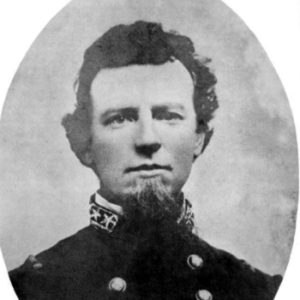 Dandridge McRae
Dandridge McRae 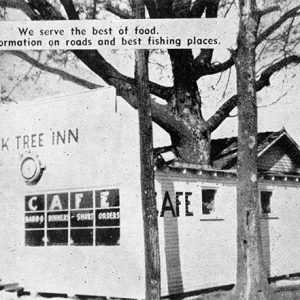 Oak Tree Inn
Oak Tree Inn 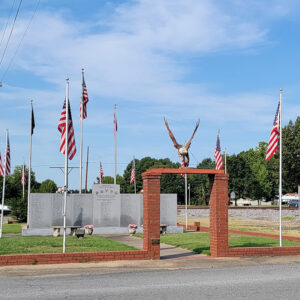 Veterans Memorial
Veterans Memorial 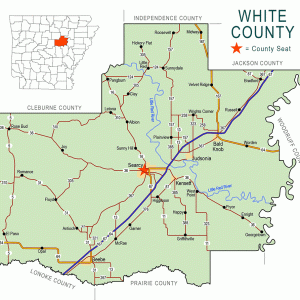 White County Map
White County Map 




Comments
No comments on this entry yet.